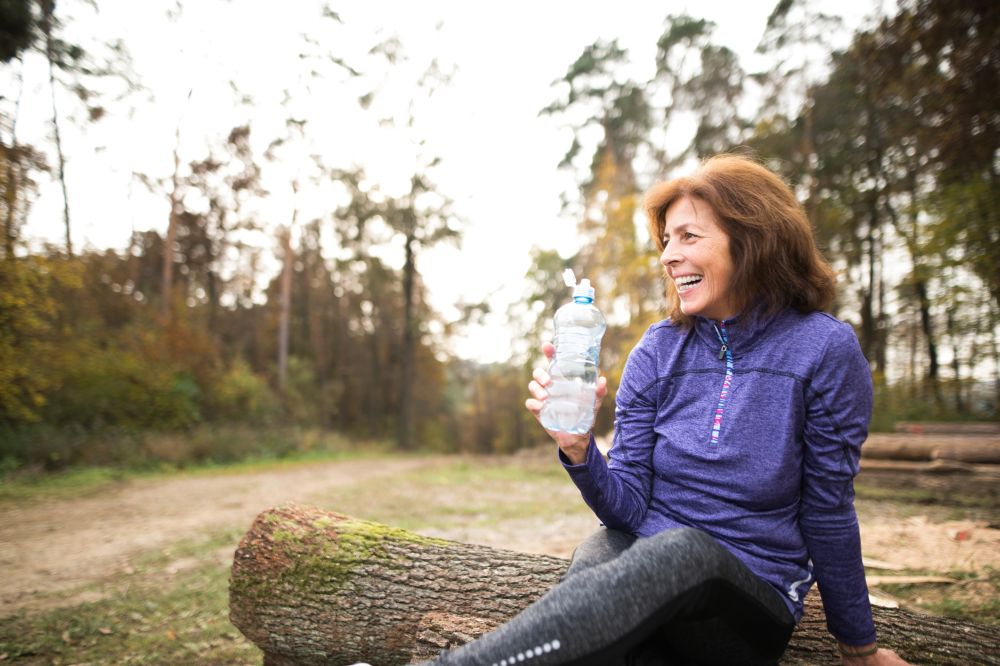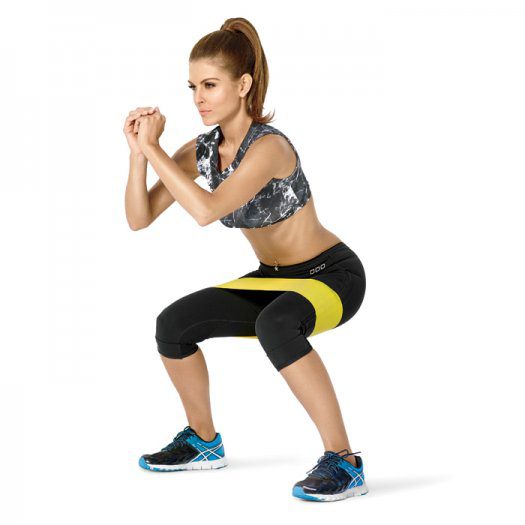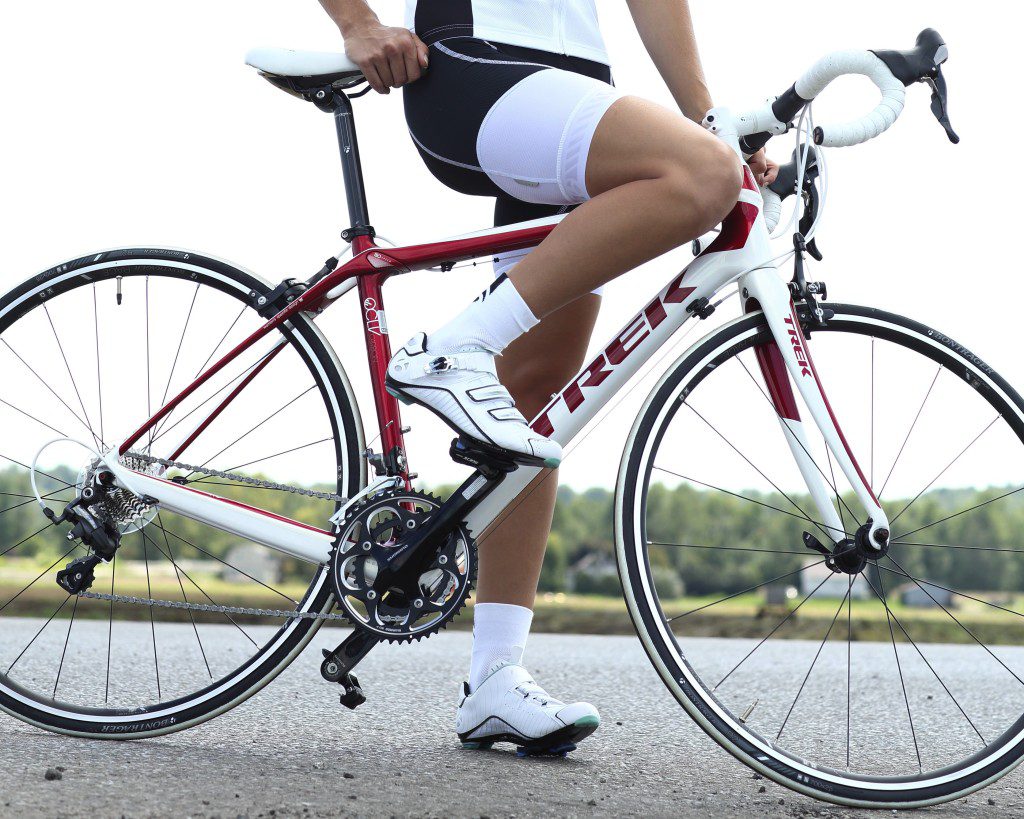How to avoid injury as a masters athlete
Ways to avoid injury and keep running fast as a masters athlete

Masters running can present certain challenges that runners didn’t face at age 20. Despite that fact, it remains common that runners can continue to remain healthy and improve as they age. Whether you’re a lifelong runner or someone who’s just starting out, here are some tips for masters runners to keep in mind.

With runners like the late Ed Whitlock and Gene Dykes running sub-3 hour marathons in their seventies and eighties, there’s no reason why you can’t prevent injury and keep running competitively as you age. It’s possible if you do it right. The Sports Medicine and Arthroscopy Review released a literature review on the biomechanic shifts that runners undergo as they age, and provide some helpful tips to keep people running and healthy as they age. Here’s some practical advice to keep going at full tilt for as long as you want to run.
RELATED: Running “even” after 50? Come again?

Maintain your plantar-flexor
Maintenance of your plantar-flexion allows your ankle to move well, and ankle mobility is a key limiting factor in masters running. Plantar-flexor capability recruits a group of muscles around your ankle and calf to facilitate mobility in the lower leg. It’s the group of muscles you use when pressing the gas pedal in a car. Keeping it moving can improve running form and reduce risk of injury. When your ankle gets stiff, it can pull on your achilles, and that’s a tough injury to work through.
Get a strength program
The authors say, “A well-designed resistance training program is critical to any injury prevention or rehabilitation program for the master runner.” Resistance training programs were found to reduce the risk of overuse injuries by up to 50 percent.
RELATED: Six training hacks for masters athletes to crush spring workouts

Cross-train
This goes for runners of all ages, but making sure you take days off of actual running is critical for long-term performance. This is especially important for a runner who’s dealt with osteoarthritis or those who have had knee surgery. Schedule a weekly pool or bike session, the change of scene keeps things interesting and non-impact exercises reduce the strain on your body.
RELATED: Shorter steps, higher turnover may reduce your risk of injury
Increase your cadence
A modest increase in cadence can reduce pressure on the tibiofemoral joint, a joint in the knee that is commonly associated with knee pain and injury. Lots of GPS watches and shoes can give real-time feedback on the runner’s cadence, so they can adjust on the fly.


